Expansion of Nuclear Energy Sector
The Radiation Shielding Glass Market is poised for growth due to the expansion of the nuclear energy sector. As countries seek to diversify their energy sources and reduce carbon emissions, nuclear power is gaining traction as a viable alternative. This expansion necessitates the implementation of robust radiation protection measures, including the use of specialized shielding glass in nuclear facilities. The increasing number of nuclear power plants and research reactors worldwide is likely to drive demand for radiation shielding solutions. Furthermore, the need for safety in nuclear waste management and decommissioning processes further emphasizes the importance of effective radiation shielding, thereby contributing to the market's growth.
Rising Awareness of Radiation Hazards
The Radiation Shielding Glass Market is experiencing growth driven by the rising awareness of radiation hazards among the general public and professionals alike. Increased media coverage and educational initiatives have heightened understanding of the potential risks associated with radiation exposure. This awareness is prompting industries such as healthcare, nuclear, and research to prioritize the implementation of effective radiation shielding solutions. As organizations recognize the importance of protecting employees and the public from radiation, investments in radiation shielding glass are likely to increase. This trend is expected to foster a more proactive approach to radiation safety, thereby enhancing the overall demand for radiation shielding glass in various applications.
Increasing Demand in Healthcare Sector
The Radiation Shielding Glass Market is experiencing a notable surge in demand, particularly within the healthcare sector. Hospitals and medical facilities increasingly require radiation shielding solutions to protect patients and staff from harmful radiation exposure during diagnostic and therapeutic procedures. The market for radiation shielding glass in healthcare is projected to grow at a compound annual growth rate (CAGR) of approximately 6% over the next few years. This growth is driven by the rising prevalence of cancer and the subsequent increase in diagnostic imaging procedures, such as X-rays and CT scans. As healthcare facilities invest in advanced technologies, the need for effective radiation protection becomes paramount, thereby propelling the demand for specialized radiation shielding glass.
Regulatory Compliance and Safety Standards
The Radiation Shielding Glass Market is significantly influenced by stringent regulatory compliance and safety standards imposed by various health and safety organizations. These regulations mandate the use of appropriate shielding materials in environments where radiation exposure is a concern, such as nuclear facilities, research laboratories, and medical institutions. Compliance with these regulations not only ensures the safety of personnel but also mitigates legal liabilities for organizations. As a result, manufacturers of radiation shielding glass are compelled to innovate and enhance their product offerings to meet these evolving standards. The increasing emphasis on safety and compliance is likely to drive market growth, as organizations prioritize investments in radiation protection solutions.
Technological Innovations in Material Science
The Radiation Shielding Glass Market is benefiting from ongoing technological innovations in material science. Advances in glass manufacturing techniques and the development of new composite materials have led to the creation of more effective and lightweight radiation shielding glass. These innovations enhance the performance of shielding glass while reducing production costs, making it more accessible to a wider range of industries. For instance, the introduction of lead-free glass options is appealing to environmentally conscious consumers and organizations. As technology continues to evolve, the market is expected to witness an influx of innovative products that cater to diverse applications, further stimulating growth in the radiation shielding glass sector.


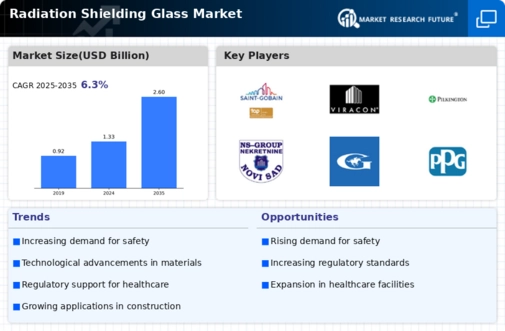
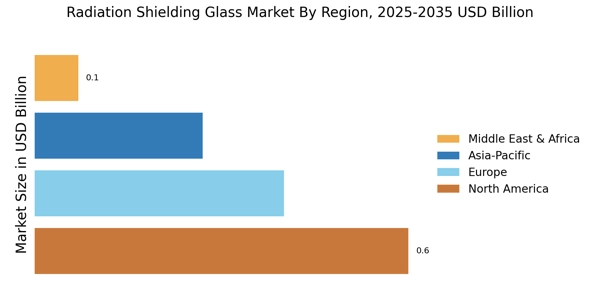
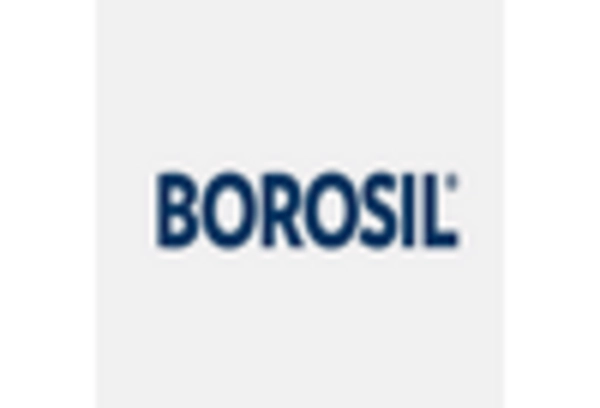
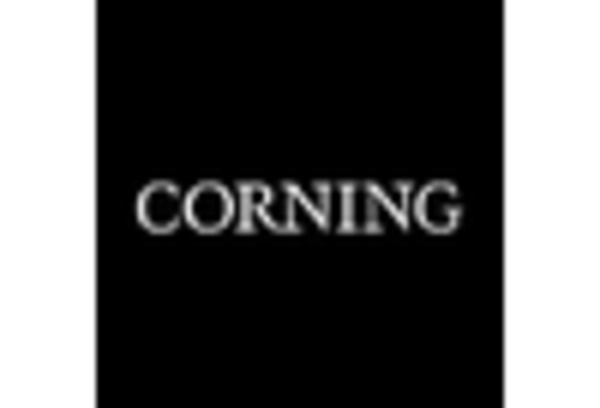

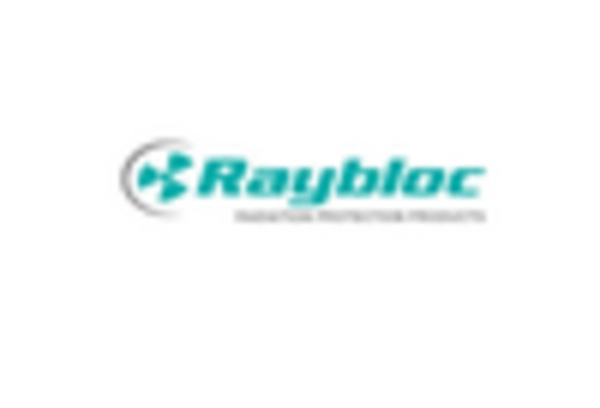

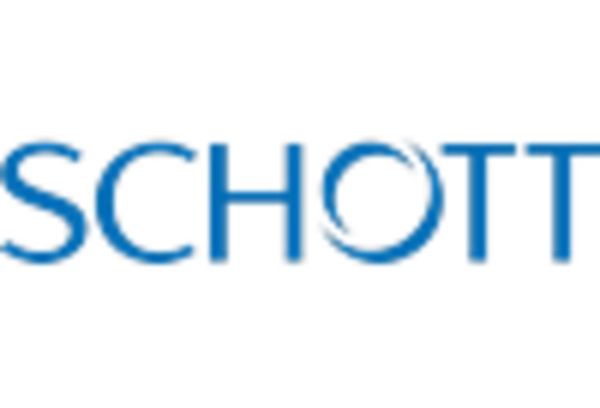








Leave a Comment